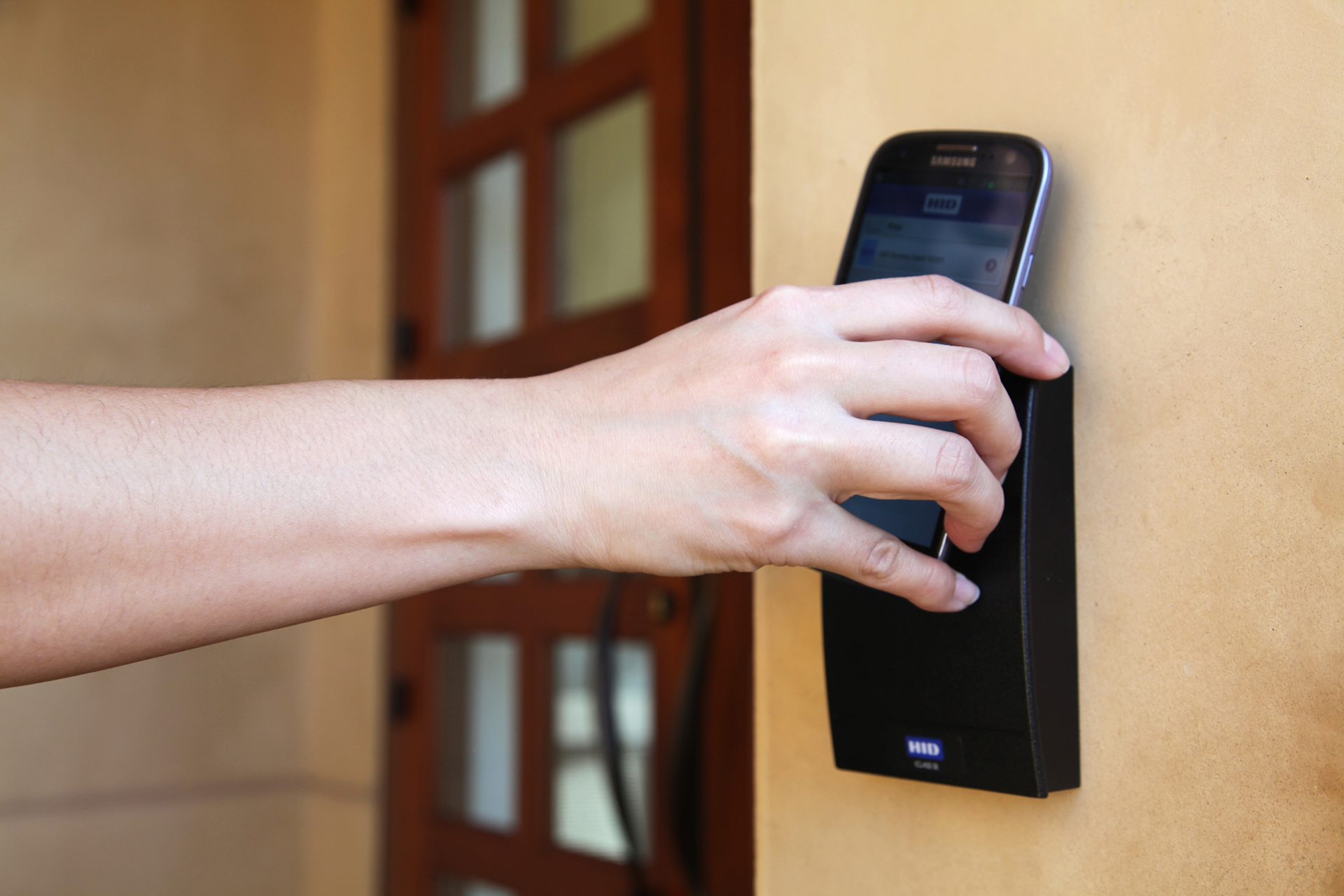Security and Access Control Trends for Businesses We’re Set to See in 2022

It’s astounding to think how fast technology develops. We couldn’t have imagined the technology we are now using on a daily basis just a few years ago. Modern access control systems are a prime example of this. No one could have imagined that businesses would implement such robust security technology just a few short years ago.
The demand for high-quality and advanced security tools has increased since the COVID-19 pandemic hit in 2020. Now that people are moving to the work-from-home and remote working models, security concerns have been raised. Cybersecurity departments are working tirelessly to cater to the rising demand by implementing the best security protocols.
So what’s next for the sector? Here are a few access control and security trends we’re set to see in 2022. Let’s take a look!
Mobile Access Control
The access control industry is estimated to grow from $8.6 billion to $12.8 billion by 2025. If you haven’t already made the transition from your legacy business system, now is the time to embrace this change and embrace the mobile access control trend.
In the past, access control systems relied heavily on key cards, which are still used quite often today. However, the trend for mobile credentials is growing and set to increase in the future. It’s all too easy to forget to bring your key card or other physical tokens with you to work. That’s why businesses are now shifting to mobile access control systems where employees no longer can verify their identity and get access to restricted areas using only their smartphones.
Cloud-based Access Control Unit
These days, the vast majority of business systems operate in the cloud. Whether it is messaging, emails, CRM, or the IT infrastructure, nearly every tech system can now be managed on the cloud. As part of this trend, more companies are relying on cloud technology for their access control. That is why business owners currently seem to be more interested in seeking the help of cloud service providers similar to Global Storage, who can help them do that.
Moreover, the shift to the cloud-based systems comes with many perks since it allows you to easily manage your business operations and achieve higher levels of security. The biggest advantage of a cloud-based access control system is that it supports multi-site management, where you can control different sites through one central control. Such surveillance systems (for more information, you can visit https://alarm.com/small-medium-business) can be useful for managing intrusion, energy, door access, and video systems in multiple locations. In fact, an online security system can allow you to easily and effectively manage global operations.
Multi-Factor Authentication Systems
Security risks are always high when it comes to remote work. Phishing attempts and other security concerns are not uncommon these days, especially in today’s modern age when hackers can use different technologies to get access to the users’ computers. Passwords alone are no longer enough to manage access to your most important business data and information. It can be hard for your employees to remember so many different passwords, and this could lead to security issues. Remote servers are typically authenticated using a password default. Security breaches like hacking and cybercrime may pose a threat to this method. By using a weblink such as this, you can find out how to manage your passwords and how to protect your data and information during any cyberattack. With cybersecurity threats on the rise, people are now on the lookout for the latest and up-to-date technology to stay safe from these threats.
Also known as a two-factor authentication system, multi-factor authentication enhances your security by making it mandatory for each user to show two types of ID verification to confirm their identity. In simple terms, anyone who’s trying to access restricted areas of your building must have at least two identity verification tools to prove their identity.
A two-factor or multi-factor authentication system makes it almost impossible for hackers to gain access without proper credentials. This is not only useful for physical access control – these systems can be used to protect your digital assets as well.
Video Access Control
The use of video access systems is another trend that’s gaining immense popularity and will be a key fixture of access control in 2022. This technology is expected to go mainstream in 2022, allowing users to see who is asking for access before letting them into the property.
With video access control units, you don’t have to worry about giving strangers access to your property since you can see them before giving access to the restricted areas. Some video access control systems can be operated on your smartphone, meaning you can make a visual check on your mobile before allowing entry.
Integrations
Access control systems have started launching their own APIs to ensure a seamless connection between two and more devices. These units are designed to interact with other devices, allowing seamless data sharing and interfacing. By linking multiple devices, it will be easier for you to manage your physical and digital assets.
For example, you can integrate your building’s locks with your access control system to handle each device from a single app, or integrate your ANPR parking access control with your other systems. Not only does it save time, but it makes the entire access control process convenient to use. In 2022, we are likely to see more such access control units that can be integrated with third-party apps, allowing you to control the system with a single app.
Final Thoughts
The access control industry has witnessed many trends in the past few years. This booming sector continues to grow, as the demand for these services is on the rise. If you have not yet embraced these changes, it is time to implement a modern access control system and improve your security systems.
